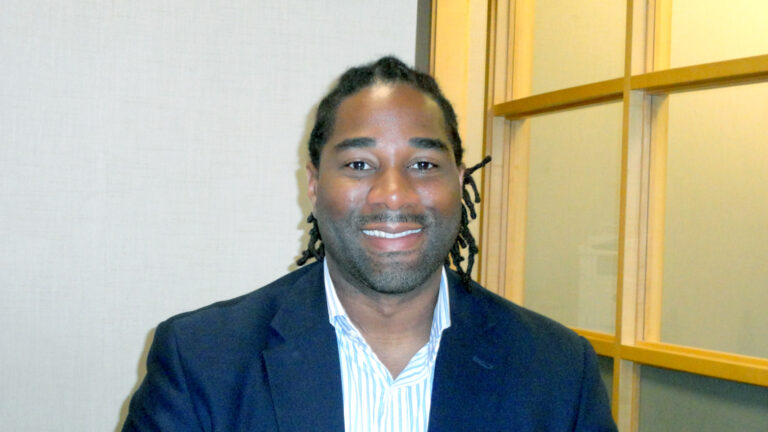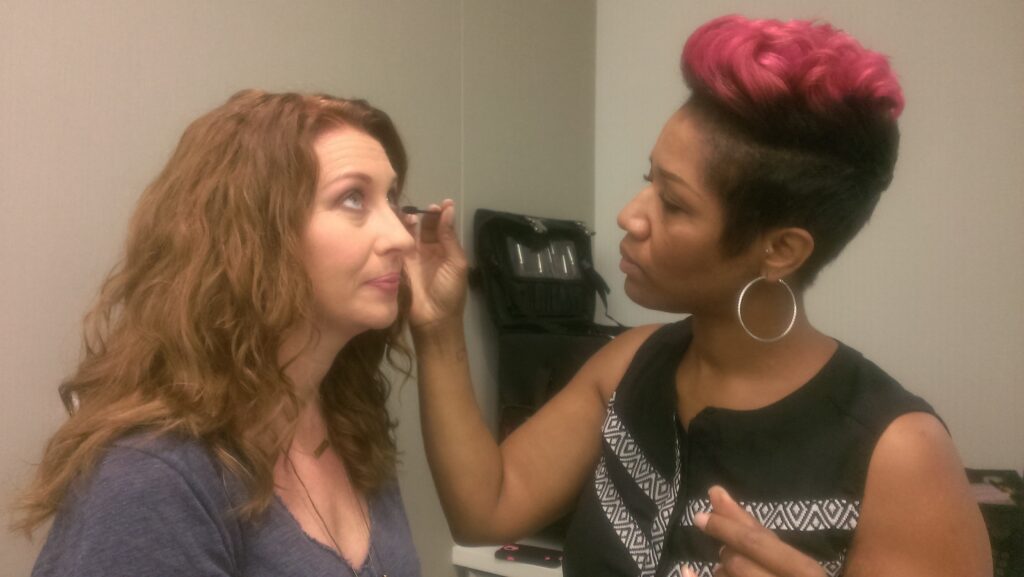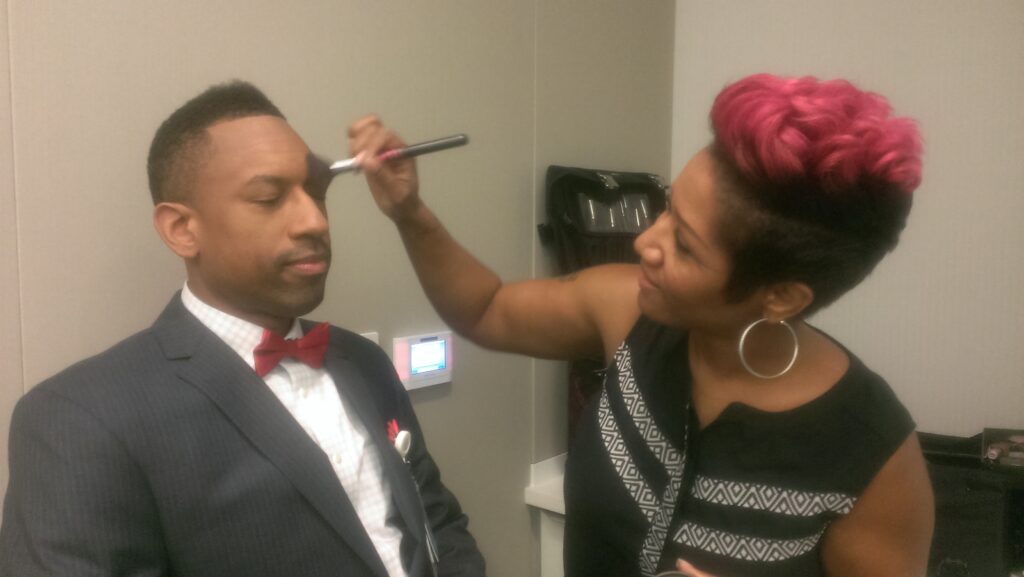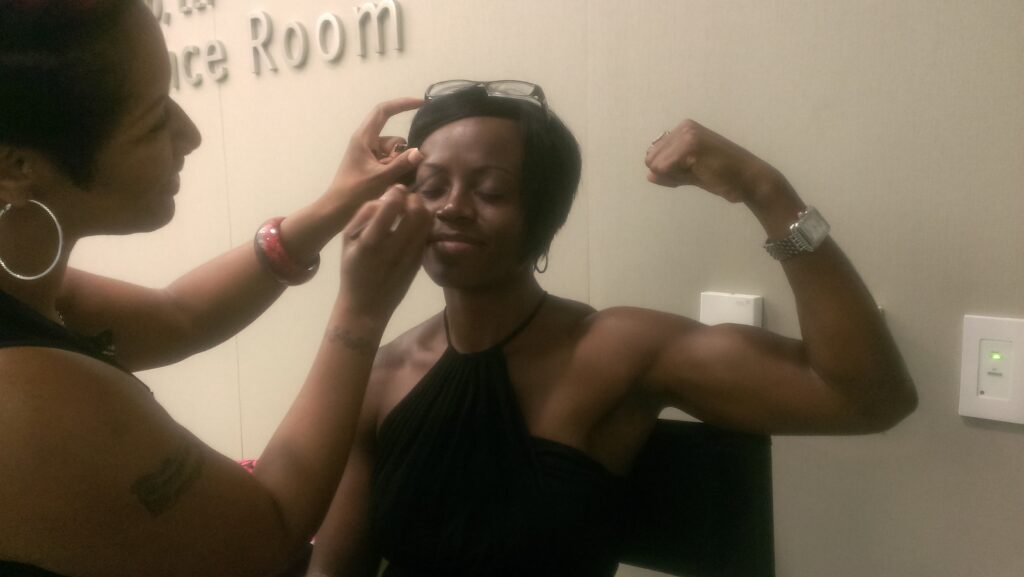By Ebony Chappel
About 59 percent of Americans over the age of 18 start their morning with a cup of coffee, according to the National Coffee Association. The 2:30 p.m. groggy feeling, as described in popular 5-Hour Energy drink advertisements, has many folks reaching out for the small sugary caffeine shot or one of the many other available caffeinated options that promise to stave off sleepiness.
The widespread use of caffeine among Americans may be due to the fact that sleep is becoming less of a priority, so much so that in 2012 the Centers for Disease Control and Prevention declared insufficient sleep a public health epidemic. Data gathered by the CDC showed that among survey respondents, 35.3 percent of adults reported getting fewer than seven hours of sleep each night.
The outlook here in the Hoosier state is grim as well, with 29.2 percent of adults reporting similar sleep patterns. “I learned the hard way, the value of sleep,” Arianna Huffington, founder and editor-in-chief of the Huffington Post, said during a talk at TED Women 2010. Huffington had a rude awakening in 2007, literally and figuratively, when in a moment of exhaustion she passed out at work and hit her head on her desk. The incident left her with a broken cheekbone and a gash near her right eye that required stitches. After her dangerous encounter, Huffington went on a crusade, spreading the news about the importance of sleep – even for those who are extremely busy. Her movement and mantra have gone on to receive the Oprah stamp of approval.
This year, Huffington launched a six-week online course titled Thrive, which is available for purchase through the OWN Network website. “(Sleep deprivation) is something we see all too often… it is a very serious problem,” said Terry Cralle, certified clinical sleep educator and a spokeswoman for the Better Sleep Council. The practice of staying up later to get more done is a dangerous trap many professionals and business owners fall into. “I think it’s just our culture and our society. We have devalued sleep for so many years. We equate needing sleep with being lazy or with just not having a good work ethic,” Cralle said. Contrary to that belief, statistics show that passing up shut-eye greatly impacts productivity. A 2011 study conducted by Harvard Medical School showed that sleep deprivation costs the average American nearly $2,300 annually in lost workplace productivity. This figure translates nationally to $63.2 billion lost each year.
Studies also show that a lack of sleep impairs cognitive performance, mood and ability to problem solve, and it could result in a plethora of health issues. “We have to turn this thinking around,” Cralle said. “The research has clearly shown that we can’t be productive if we don’t have sufficient sleep… We have some people that think they can learn how to get by on less, that if they go so long with five hours a night they can get used to it.” Cralle explained that only 3 to 5 percent of the population is genetically set up to be “short sleepers.” For the rest of us, 7 to 9 hours of uninterrupted sleep per night are needed. “We need balance in our lives in order to be productive and have the best quality of life,” said Cralle, who suggests adding one extra hour of sleep per night for a week, for those who are trying to transition into waking up more rested. “Sleep is foundational. If we start off with sufficient sleep as our foundation, everything will be better.”


















